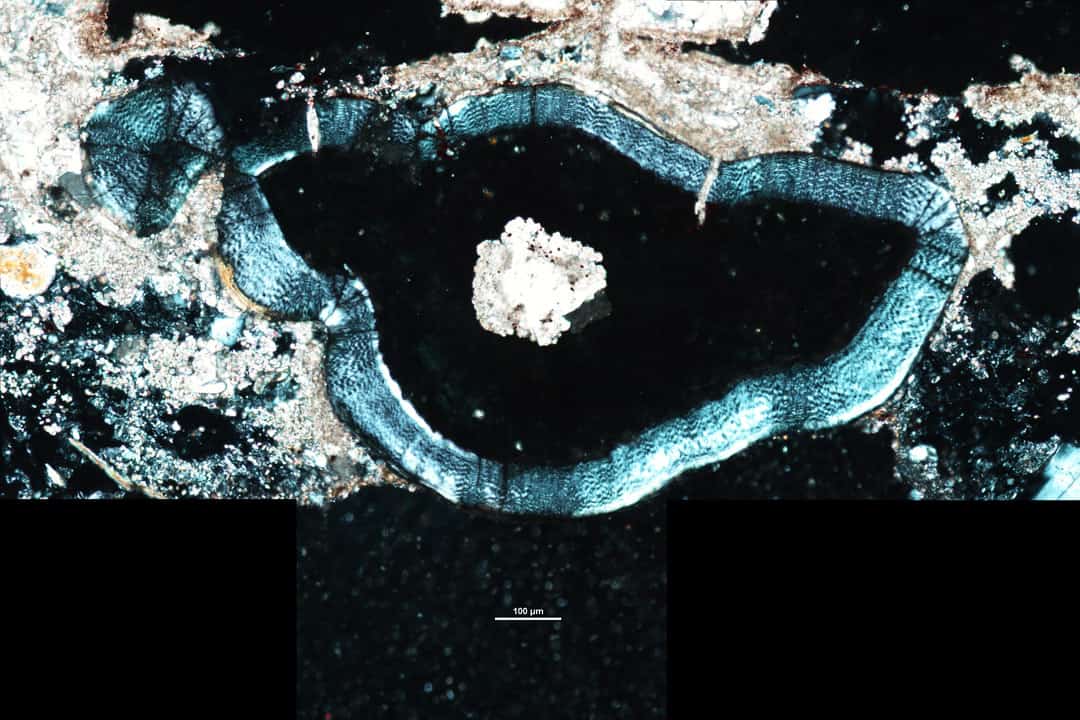UTM paleontologists, professor Robert Reisz and former PhD student Aaron LeBlanc, published studies in PLOS One and the Proceedings of the Royal Society B that shed light on the complex evolution of teeth.
In PLOS One, Reisz and co-authors published an article that discusses Changchunsaurus parvus from the ornithopod family of dinosaurs. Ornithopods are herbivorous dinosaurs. Based on fossil records, ornithopods used their beaks to rip plants from the ground and had muscles to chew through coarse vegetation.
Reisz and LeBlanc explored the importance of this species in understanding the evolution of dentition in dinosaurs and a newfound form of teeth replacement.
LeBlanc’s study in the Proceedings of the Royal Society B located points of evolutionary change in mammalian dentition and delved into how mammalian dentition has evolved over the last 300 million years.
Both studies examined the fossil record by sawing off thin slices of tissue from the desired region. These slices were then polished to create transparent samples. The resulting slice was then subjected to three-dimensional analysis and subsequent computer configuration.
Herbivorous ornithopods are often studied due to the myriad of dental innovations they developed to cope with their diet. C. parvus was specifically studied, as it precedes major innovations in dinosaur dentistry and was thought to possess an ancestral version of previously investigated structures.
The thin sections examined confirmed the function of some components of the dental network. However, they also exhibited a novel form of tooth replacement, which was essential in herbivores due to the extensive pressures of a plant-based diet.
Reisz’s study also solidified that C. parvus had the earliest known occurrence of wavy enamel. This type of enamel was previously disassociated with the ornithopod family and its discovery in C. parvus opens their phylogenetic relationships for discussion.
The results are significant. C. parvus appears at a pivotal point in the evolutionary history of the tooth and understanding its dentition better will lead to a more complete understanding of teeth in general.
LeBlanc’s study examined tooth complexity.
Researchers previously believed that mammals had the most complex form of teeth, while reptiles possessed a simpler version. This was a result of mammals having a ligamentous attachment mechanism for teeth compared to the reptilian teeth being fused directly to the jaw.
But through observing thin sections of therapsid — early reptiles — teeth, Reisz and LeBlanc observed ligamentous structures similar to mammals.
Further study of thin sections from a variety of organisms implied that teeth ligaments developed before the divergence of mammals from reptiles, and that the reptilian fused teeth arrangement is in fact due to calcification — the accumulation of solid calcium deposits — of teeth over time.
Insight into dental history allows for a more comprehensive understanding of our teeth, and the resulting development of new theories, techniques, and explanations in dentition.


